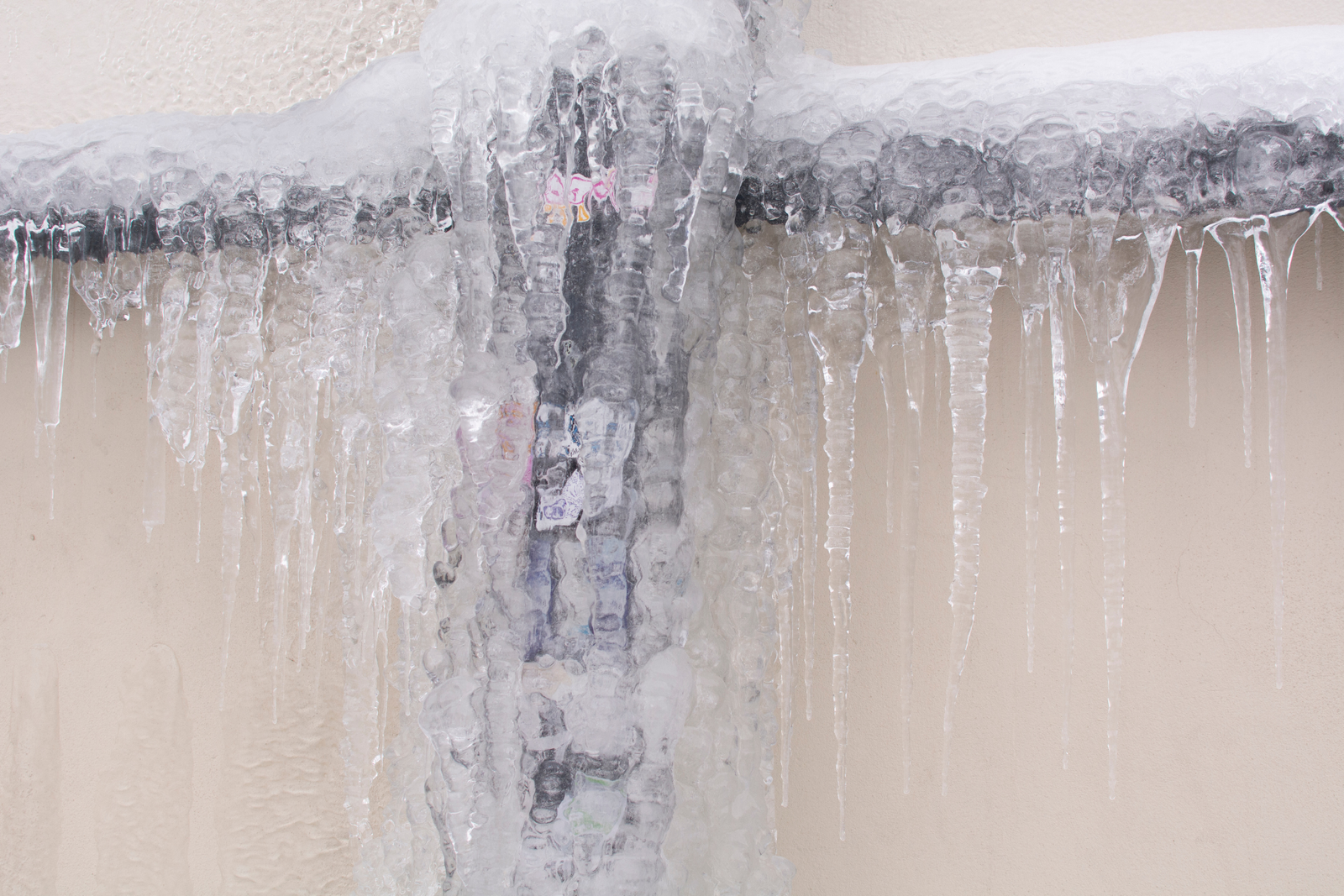Guide to Prevent, Detect, and Handle Frozen Pipes This Winter


Andi Jacobson
Marketing Team
Guide to Prevent, Detect, and Handle Frozen Pipes This Winter
Winter can bring a host of challenges for your water system, with frozen pipes being one of the most common and costly issues. Frozen pipes can disrupt your water supply, cause leaks, and lead to expensive repairs if left untreated. In this guide, our experts at Pozitive Water we’ll walk you through how to detect frozen pipes, prevent them from happening, and what to do if your pipes freeze.
How to Check for Frozen Pipes
Not sure if your pipes are frozen? Look for these four tell-tale signs:
- Bad Smells from the Tap or Drain – If you notice unpleasant odours coming from your taps or drains, it could mean the pipe is frozen, and the smell is backing up into your home instead of escaping.
- Little to No Water Coming Out – Turn on the tap—if only a small trickle or no water comes out, the pipe leading to the tap may be frozen.
- Frost on the Exterior of the Pipe – Visible frost on the outside of your pipes is a warning sign that the pipe is on its way to freezing solid.
- Pipe Temperature – Pipes are at high risk of freezing if their temperature falls to 0°C (32°F) or lower.
How to Prevent Frozen Pipes
Prevention is always better than cure! Here’s how to keep your pipes safe during the colder months:
- Keep Your Heating On – Even if you’re leaving your property for a while, don’t switch off the heating completely. Instead, set your thermostat to a low temperature to prevent pipes from freezing.
- Insulate Pipes and Water Tanks – Wrap your pipes and water tanks in foam insulation to save energy and keep them warm.
- Turn Taps On Regularly – Make it a habit to turn your taps on and off every day. This keeps water moving and reduces the likelihood of freezing.
What to Do if Your Pipes Freeze
Frozen pipes don’t have to spell disaster. Follow these steps to address the issue:
- Turn on the Taps – If no water comes out of any taps, it’s best to call a professional. If it’s just one tap, trace the pipe leading to it and try to thaw it yourself.
- Switch on the Heating – Warm air can help thaw frozen pipes. Use your central heating or an electric heater to warm up the area, especially in colder spots like lofts or basements.
- Apply Heat Directly to the Pipes – Once you’ve identified the frozen pipe, apply heat gradually using a hairdryer, a heating pad, or warm towels. Important: Never use a direct flame or boiling water, as this can cause the pipe to burst.
Still Not Sure How to Handle Frozen Pipes?
If you don’t feel confident unfreezing your pipes, it’s always best to call a professional. A trained plumber can ensure the issue is resolved safely and efficiently.
In Case of An Emergency
In case of water problems and emergency, such as no water, discolouration, low pressure, taste, illness, water quality complaints, leakage in the carriageway, you should contact your wholesaler.
Your wholesaler is available for emergency contact 24/7. Your wholesaler depends on the area of your premise located. The list of wholesalers, operational areas, and contact details can be found on the Pozitive Water website.
Stay Ahead This Winter
Frozen pipes are preventable with the right preparation and quick action. By following these tips, you can avoid disruptions and keep your water flowing smoothly all winter long.
Stay safe, stay warm, and enjoy a trouble-free winter!
